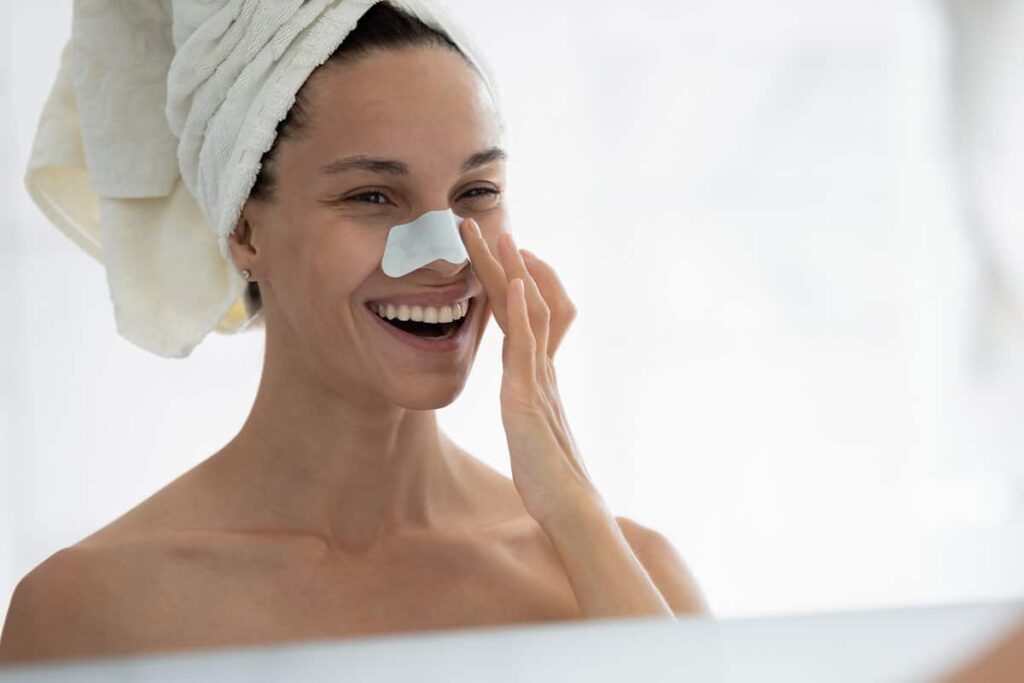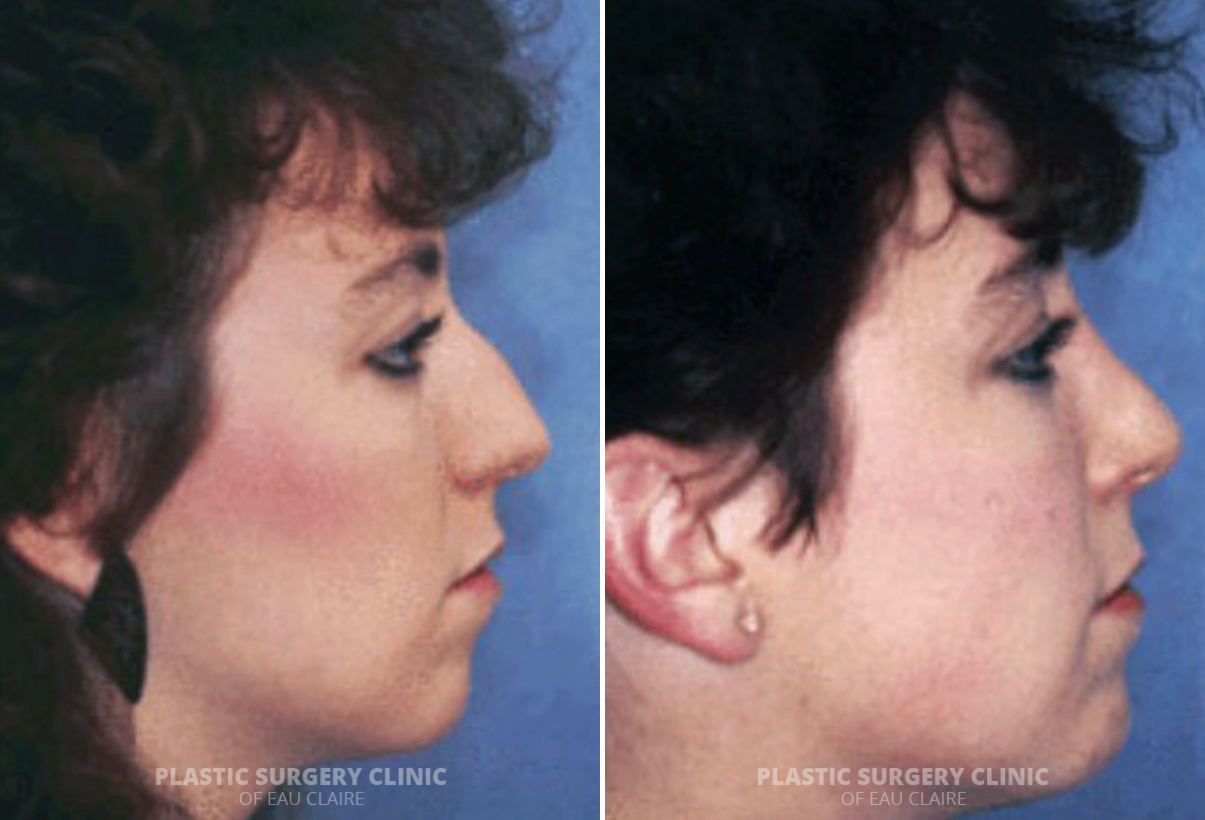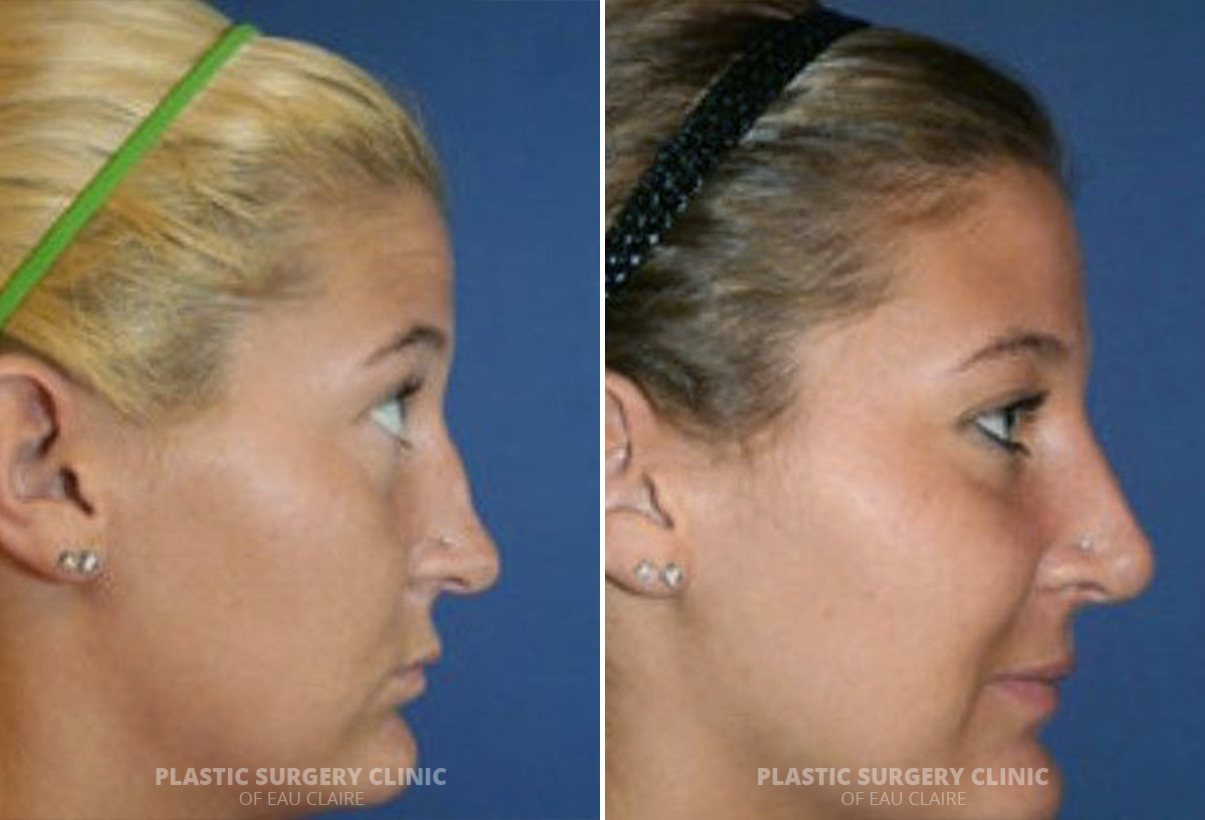Have you recently undergone a nose job or are considering one and wondering how long it’ll take to get back to normal? Rhinoplasty can be life-changing, but the recovery process is just as important as the surgery itself when it comes to achieving the best results.
With the right care, your healing process can be smoother, quicker, and far more comfortable. In this article, we’ll guide you through the essentials of the rhinoplasty recovery time so you can be confident every step of the way.

What Factors Influence the Nose Job Recovery Time?
Several key factors influence how long it takes to recover from rhinoplasty and how well the healing process goes. First and foremost, your choice of surgeon matters—a skilled, experienced plastic surgeon will reduce the likelihood of complications and help ensure your results are achieved efficiently. Next, your body’s own biology plays a role; age and genetics can affect healing speed, with older patients typically requiring more time to recover. Lastly, your adherence to aftercare instructions is critical. Following your surgeon’s guidelines closely can significantly reduce swelling, discomfort, and recovery time, ultimately leading to better results.
Understanding what to expect—and how to support your body through the process—can make a world of difference in your outcome. Let’s break down what an optimal recovery period typically looks like and what you can do to help it go as smoothly as possible.
Rhinoplasty Recovery Timeline in a Nutshell
While recovery experiences can vary from person to person, most patients follow a similar general timeline after rhinoplasty. Knowing what to expect at each stage can help ease anxiety and ensure you’re prepared both physically and mentally. Below is a simplified breakdown of how the healing process typically unfolds.
Day 1 after Rhinoplasty Surgery
The first day after surgery is typically when swelling and discomfort peak. Your nose will be bandaged and supported with a splint, and you may also have internal packing. Breathing through your nose will likely be difficult or impossible, and mild bleeding is normal. Pain is generally manageable with prescribed medication. Plan to rest with your head elevated, avoid any physical activity, and stick closely to your surgeon’s instructions. This first day is all about allowing your body to begin the healing process undisturbed.
Initial recovery
First Weeks after Surgery
During the first couple of weeks, you’ll gradually start to feel more like yourself. Bruising and swelling will begin to subside, though some puffiness around the eyes and nose may linger. Most patients can return to work or school after one to two weeks, depending on the physical demands of their routine. Stitches and splints are usually removed within the first week. It’s important to continue avoiding strenuous activity and to be cautious with your nose—no blowing, touching, or bumping. Healing is well underway, but your nose is still fragile.
Swelling will begin to subside
Months after Rhinoplasty Surgery
As you move into the following months, the majority of swelling will gradually resolve, and your nose will begin to refine into its final shape. While the most noticeable changes occur in the early weeks, subtle improvements continue over time. Numbness and sensitivity around the nasal tip may still persist but will lessen as healing progresses. Most people feel comfortable resuming their full range of normal activities by this point, including light exercise. However, it’s still wise to avoid any impact to the face and keep your surgeon informed of your recovery.
Subtle improvements continue
6 Months to a Year after Surgery
By this stage, most of the healing is complete, and the final shape of your nose becomes more apparent. Swelling should be minimal to nonexistent, especially in the nasal tip, which can take the longest to settle. Any lingering numbness or stiffness usually improves over time. It’s important to remember that while you may feel fully healed, internal tissues are still stabilizing and adapting to their new structure. Continue to attend any follow-up appointments, and stay mindful of your nose, especially if engaging in contact sports or activities with a risk of facial injury.
The final results
Are You Ready For A Consultation?
Join our satisfied clients who’ve experienced safe, effective treatments
Rhinoplasty Recovery Tips for a Smooth Recovery Process
A successful recovery after rhinoplasty doesn’t happen by chance—it comes from careful attention to your post-operative rhinoplasty care. Below are essential tips that can help minimize discomfort, reduce swelling, and speed up healing.
Keep Your Head Elevated
Keeping your head elevated, especially during the first week, is one of the most effective ways to reduce swelling and promote proper drainage. Sleep with your head propped up on two or more pillows, or use a wedge pillow to maintain a comfortable incline. Avoid lying flat or on your side after rhinoplasty, as it can increase pressure in your nasal area and worsen bruising or discomfort. Even during the day, try to stay upright as much as possible. This simple habit can make a noticeable difference in how quickly your nose recovers.
Stay Hydrated
Drinking plenty of water supports your body’s natural healing processes and helps flush out toxins, reducing inflammation. After rhinoplasty, hydration is especially important to maintain healthy circulation and minimize swelling. Aim for at least 8 glasses of water per day, and avoid caffeine-heavy or sugary drinks that can lead to dehydration. If your mouth feels dry due to breathing through it more often, increase your fluid intake and consider using a humidifier at night. Staying hydrated keeps your body in optimal condition to heal efficiently.
Get Plenty of Rest
Your body heals best when it’s well-rested. In the days and weeks after rhinoplasty, prioritize sleep and avoid late nights or overexertion. Quality rest supports immune function, reduces inflammation, and accelerates tissue repair. Try to maintain a consistent sleep schedule and take short naps during the day if needed. Make sure your sleeping position keeps your head elevated to avoid added swelling. The better you rest, the better your body can focus on healing.
Avoid Physical Strain
Exercise and heavy lifting should be avoided during the initial healing phase. Activities that increase your heart rate or blood pressure can lead to swelling, nosebleeds, or even impact the position of healing tissues. Most patients are cleared for light walking within a few days, but more intense workouts should be postponed for at least 2–3 weeks, or until your surgeon gives the go-ahead. Give your body the chance to recover fully before pushing it physically.
Limit Sun Exposure
Your skin—and especially your nose—will be more sensitive to sunlight after surgery. Direct UV exposure can darken scars, prolong swelling, and even lead to pigmentation changes in healing skin. If you must go outside, wear a wide-brimmed hat and apply a high-SPF, non-comedogenic sunscreen once your surgeon confirms it’s safe to do so. Whenever possible, avoid peak sun hours and stay in the shade. Protecting your nose from sun exposure is key to achieving a smooth and even-toned result.
Avoid Smoking & Alcohol
Both smoking and alcohol can significantly slow down your recovery. Smoking restricts blood flow and oxygen delivery, which are crucial for healing tissues. It also increases the risk of infection and can interfere with the success of your results. Alcohol, on the other hand, can thin your blood, increasing the risk of bleeding and swelling. For best results, avoid both before and after surgery, or at least for the initial healing phase, as advised by your surgeon.
Avoid Spicy Foods
Spicy foods can increase blood flow and body temperature, which may intensify swelling and congestion in the delicate nasal tissues post-surgery. They can also irritate your sinuses and lead to sneezing or a runny nose—both of which you want to avoid during recovery. Stick to bland, mild foods in the early days and slowly reintroduce spices as your surgeon advises. Keeping your diet gentle on your system will support a calmer, quicker healing process.
Stop Anti-Inflammatory Medication
While over-the-counter anti-inflammatory medications like ibuprofen and aspirin can help with pain, they also thin the blood, which increases the risk of bruising and bleeding during your recovery. Most surgeons recommend avoiding these medications for at least a week before and after surgery unless specifically instructed otherwise. If you’re unsure what’s safe to take, check with your plastic surgeon first. Always follow their advice to avoid compromising your results.
Use Cold Compresses
Applying cold compresses around the eyes and cheeks during the first 48 hours can significantly help reduce swelling and bruising. Be careful not to place ice directly on your nose, as it may shift healing tissues. Instead, gently rest the compress on nearby areas. Use in intervals—about 15 to 20 minutes on, followed by a break. Always follow your surgeon’s instructions for safe use. This simple step can make early recovery more comfortable and help minimize visible signs of a cosmetic surgery procedure.
Don’t Blow Your Nose
Nasal congestion is a common and frustrating part of early recovery for rhinoplasty patients. However, blowing your nose during the healing process can disrupt surgical results and even lead to complications such as bleeding or displacement of healing tissues. Instead, gently dab if necessary and use a saline nasal spray to keep your nasal passages moist and clear. Be patient—this temporary discomfort is a small price to pay for long-term results and a safe as well as speedy recovery.
Follow your Plastic Surgeon’s Instructions
This is perhaps the most important tip of all. Your surgeon provides specific post-operative instructions tailored to your unique case—these are not suggestions, they are essential steps in your recovery. Whether it’s about medication, activity restrictions, cleaning your nose, or when to return for follow-up visits, closely following this guidance ensures a safer, smoother healing experience. If you have questions or uncertainties, don’t hesitate to reach out. Clear communication with your surgeon is key to optimal rhinoplasty results.
Primary Rhinoplasty Before and After Photos


* Each patient is unique and individual results may vary.
Possible Risks of Rhinoplasty Procedures
While rhinoplasty is generally safe when performed by a qualified plastic surgeon, like any surgical procedure, it carries certain risks. Being informed about these potential complications allows patients to make more confident, prepared decisions. Most risks are rare, especially under expert care, but understanding them is part of a responsible recovery journey.
- Infection: Though uncommon, infections can occur post-surgery and may require antibiotics or further treatment.
- Bleeding: Some bleeding is normal early on, but excessive or prolonged bleeding should be reported to your surgeon.
- Scarring: While scars are usually minimal and well-hidden, some patients may develop noticeable external or internal scars.
- Difficulty Breathing: Swelling or structural changes may temporarily or permanently affect nasal airflow.
- Asymmetry: Healing is not always perfectly even, and small differences in shape or contour may develop.
- Numbness: Temporary numbness around the nasal area is common and usually resolves over time.
- Unsatisfactory Results: Occasionally, a revision surgery may be needed to refine or correct the outcome.
- Anesthesia Risks: As with all surgeries, there are inherent risks related to the use of anesthesia.
Choose a Specialist for Better Results and Proper Healing
Choosing an experienced rhinoplasty specialist isn’t just about aesthetics—it’s about ensuring a safe and effective healing process. A knowledgeable plastic surgeon minimizes the risk of complications, offers reliable guidance during recovery, and is better equipped to handle unexpected outcomes. Their expertise can mean the difference between a smooth recovery and a prolonged, difficult one.
At the Plastic Surgery Clinic of Eau Claire, Dr. Ember Ewings brings exceptional skill and dedication to every procedure. With training from the University of Wisconsin-Madison, a rigorous residency at Saint Louis University, and fellowship experience in both the U.S. and Paris, Dr. Ewings is board-certified by the American Board of Plastic Surgery and known for delivering excellent outcomes. Ready to take the next step? Call us today at 715-833-2116 or visit our contact page to schedule your consultation.


